The government must keep the Collins-class submarines alive because there is no plan B

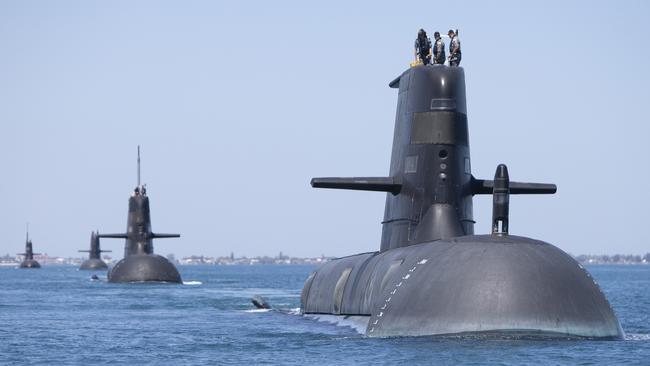
Yet this is the grim possibility facing the government unless it pays far more attention to a single critical defence program that has largely gone under the public radar: the $5bn plan to extend the life of the six ageing Collins-class submarines for another decade.
The timely warnings given to the government about the high risk nature of this Collins Life of Type Extension (LOTE) program following an investigation by former US navy deputy assistant secretary Gloria Valdez should ring alarm bells at the highest level. Why? Because there is no plan B.
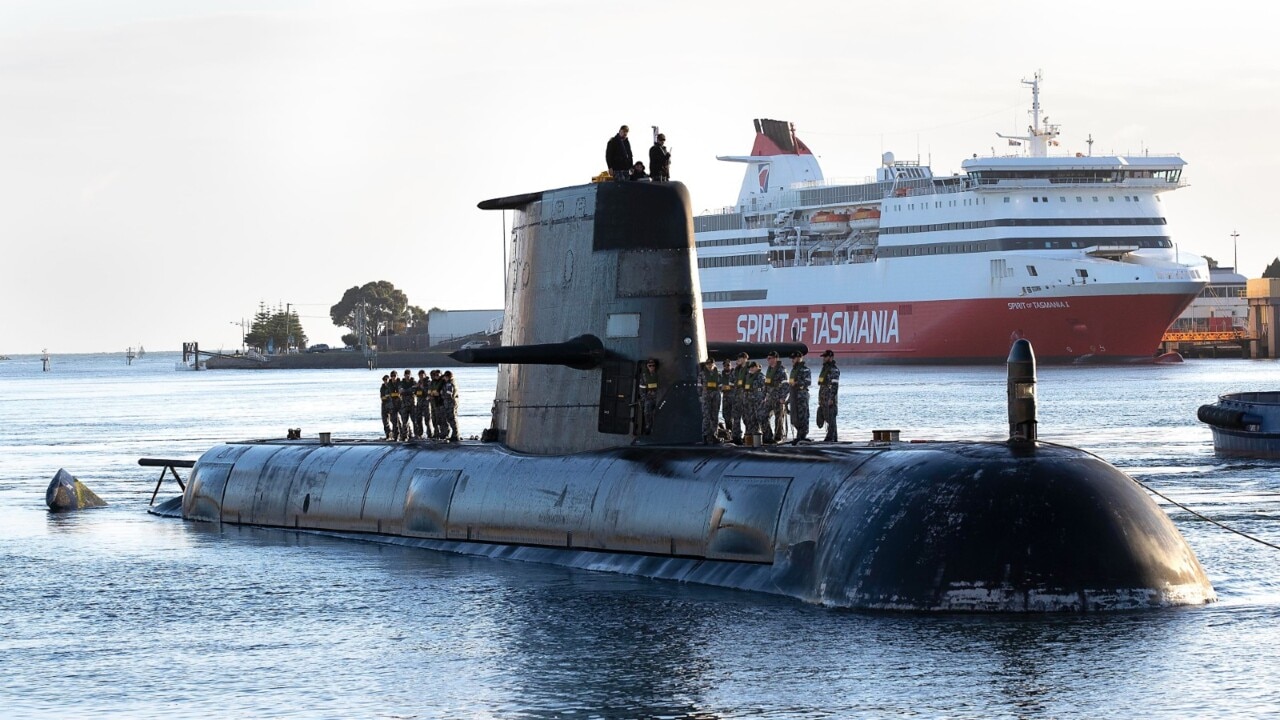
Some 15 years of dithering and non-decisions by governments on replacing the Collins-class subs have forced Australia to extend the lives of these six boats – designed during the Cold War – by 30-40 years. Otherwise Australia faces a dangerous gap in its submarine capability over the next decade while waiting for the slow arrival of the first three US Virginia-class nuclear submarines between 2032 and 2037.
This comes at a time when China is commissioning new submarines at a ferocious rate.
The government will say publicly that it is confident that its submarine builder, ASC, has the ability to successfully extend the life of the Collins fleet for an extra 10 years.
But let’s cut through this PR spin and lay out a few hard facts, many of which Valdez has warned the government about in her interim report.
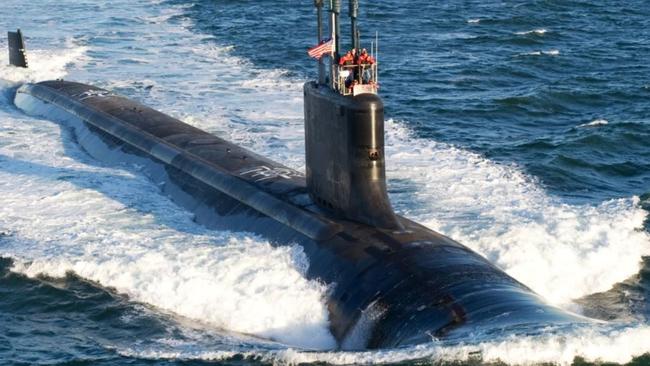
Australia has never before attempted to extend the life of a submarine fleet. It is a project of unprecedented complexity and one in which ASC has no experience.
It requires the complete gutting and refurbishment of each submarine with unknown impacts on its capability, its noise levels and therefore its lethality in battle. Even a fully refurbished Collins-class boat cannot hide the fact that the first of these boats was built in 1990 and designed when the Berlin Wall was standing. They were constructed for a 30-year shelf life, not a 40-year one.
Do we really want our submariners going to war against modern Chinese submarines in the 2040s in a conventionally powered submarine whose design predates the internet?
Yet the truth is that the government must try to keep the Collins boats in the water for as long as reasonably possible ahead of the arrival of the nuclear boats.
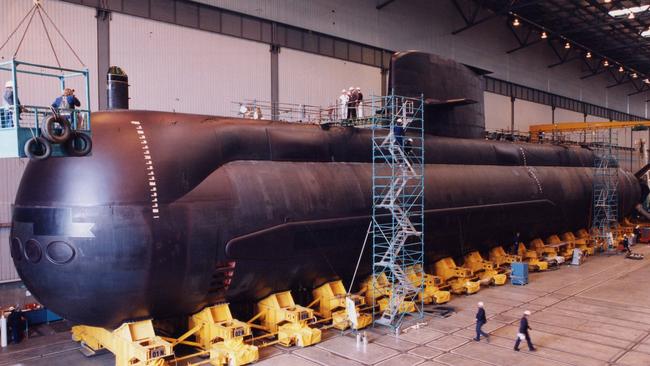
To do this, it will need to help ASC acquire the best possible design and engineering team to carry out the extensions due to begin progressively on each submarine in two-year intervals starting in 2026.
ASC will need to lean more heavily on the know-how of the original Swedish designer of the Collins-class, SAAB Kockums, which is now completing a mid-life upgrade on the Swedish Navy’s Gotland-class submarines that are contemporaries of the Collins-class boats.
There was bad blood between defence and SAAB two decades ago over the intellectual property rights of the Collins boats, but such ancient feuds need to be forgotten and both parties need to work together to get this Collins extension right.
Valdez has done the government a favour by pointing out what should have been obvious – that the plan to extend the life of the Collins fleet could easily fail. Australia can’t afford such a calamitous outcome in the era of a fast-rising China.
The government must place this project at the top of its priority list.




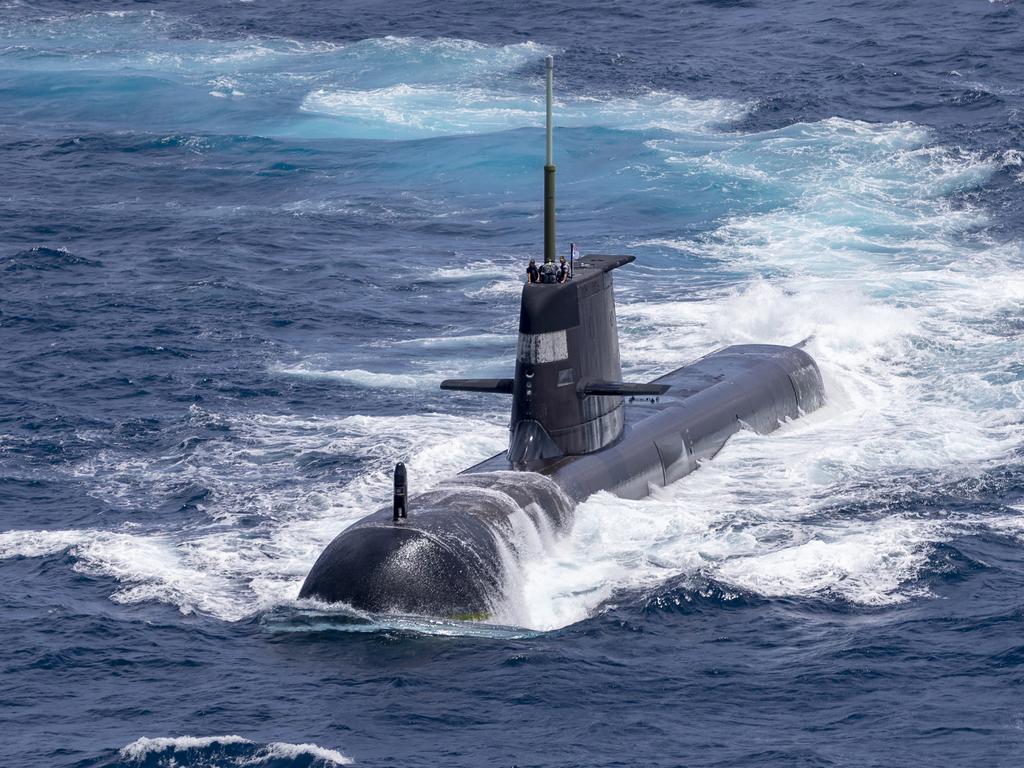


It is hard to imagine a more grave setback for the defence of Australia than a failure to keep the Collins-class submarine fleet alive and lethal until it is replaced by our new nuclear submarines.